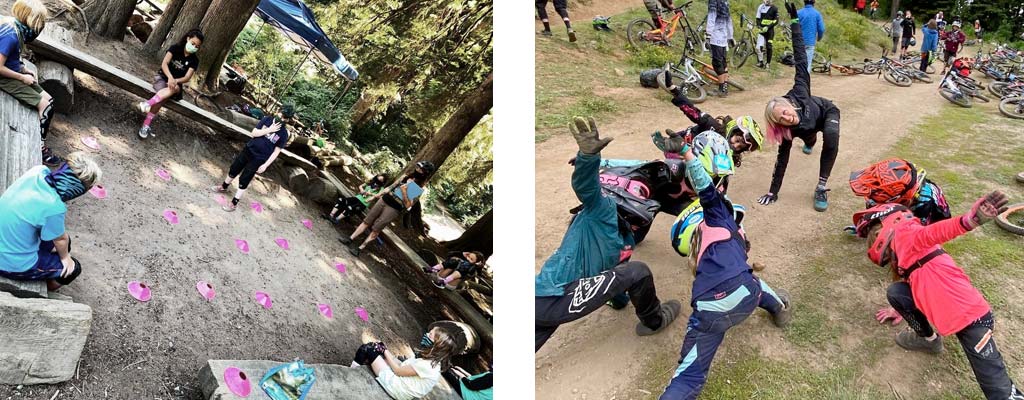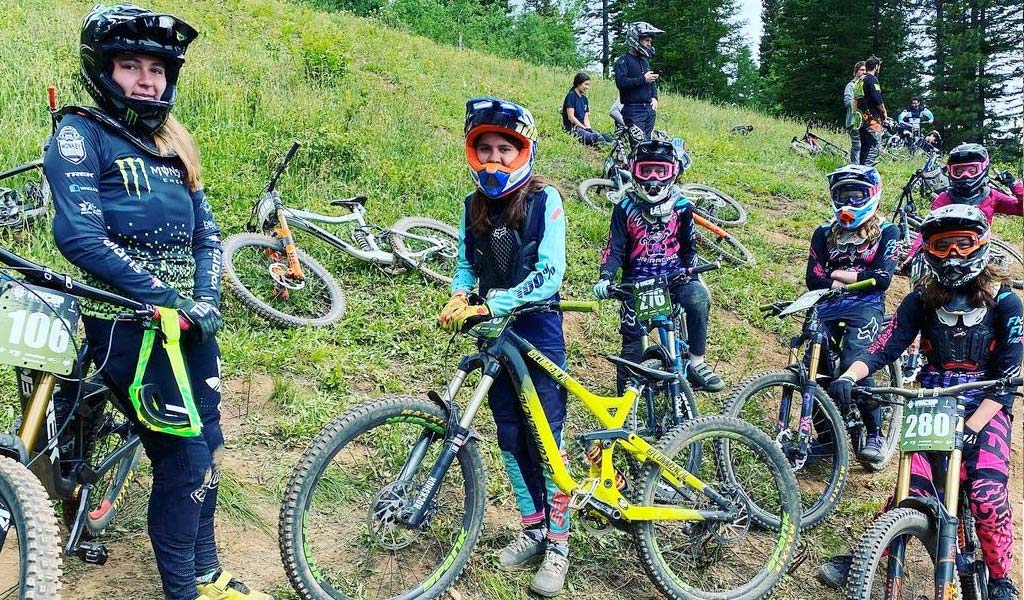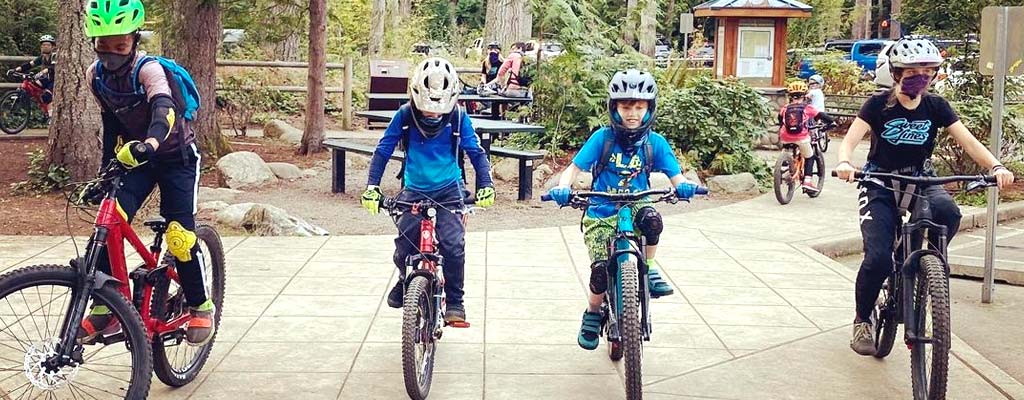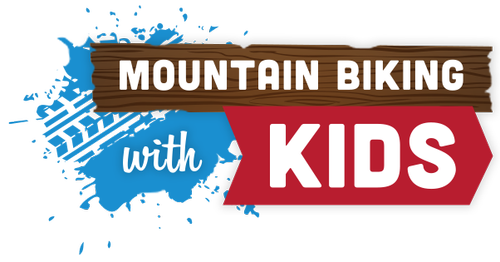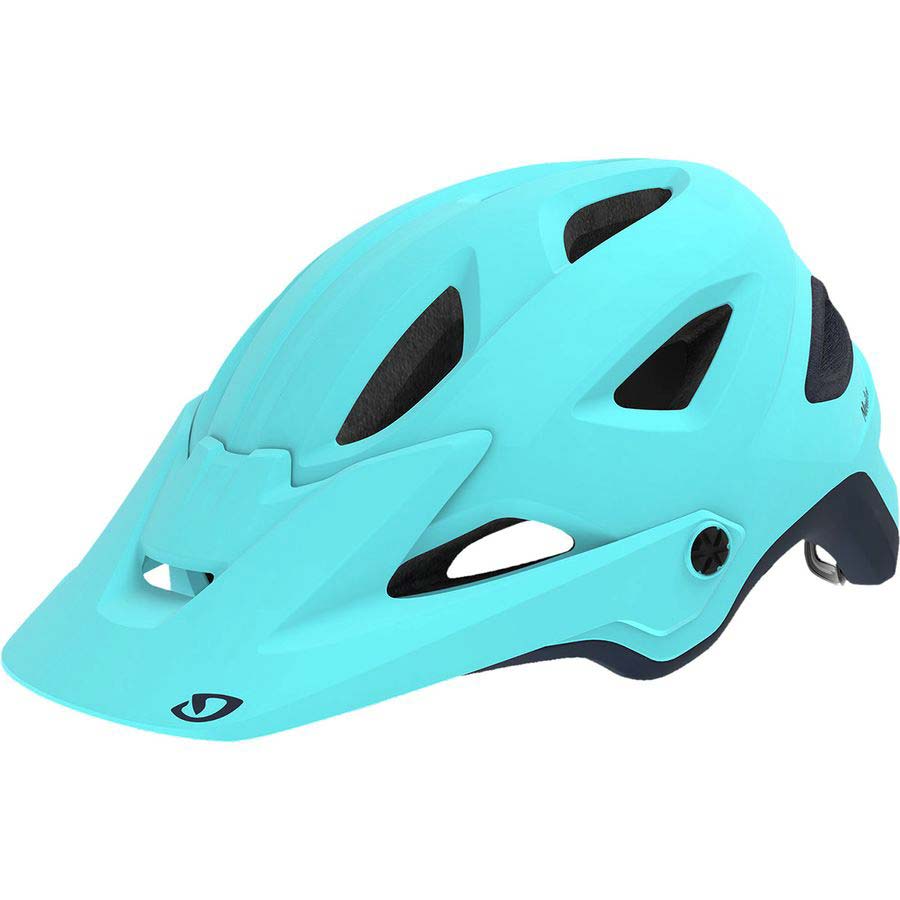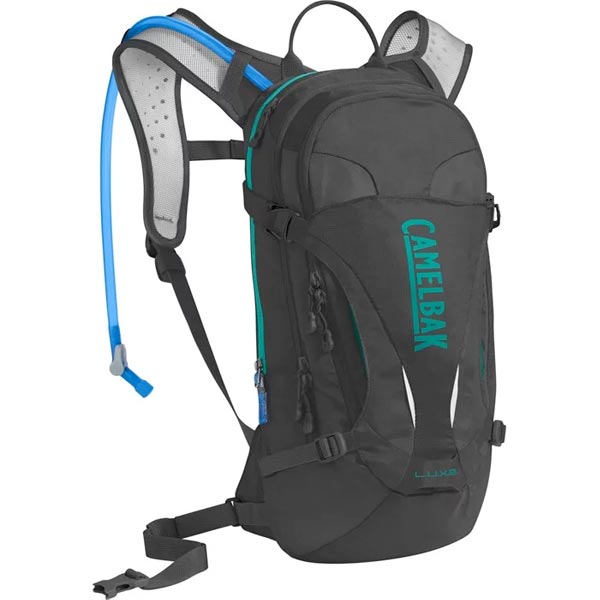Meet Kat Sweet – Sweetlines Coaching And Junior Racing

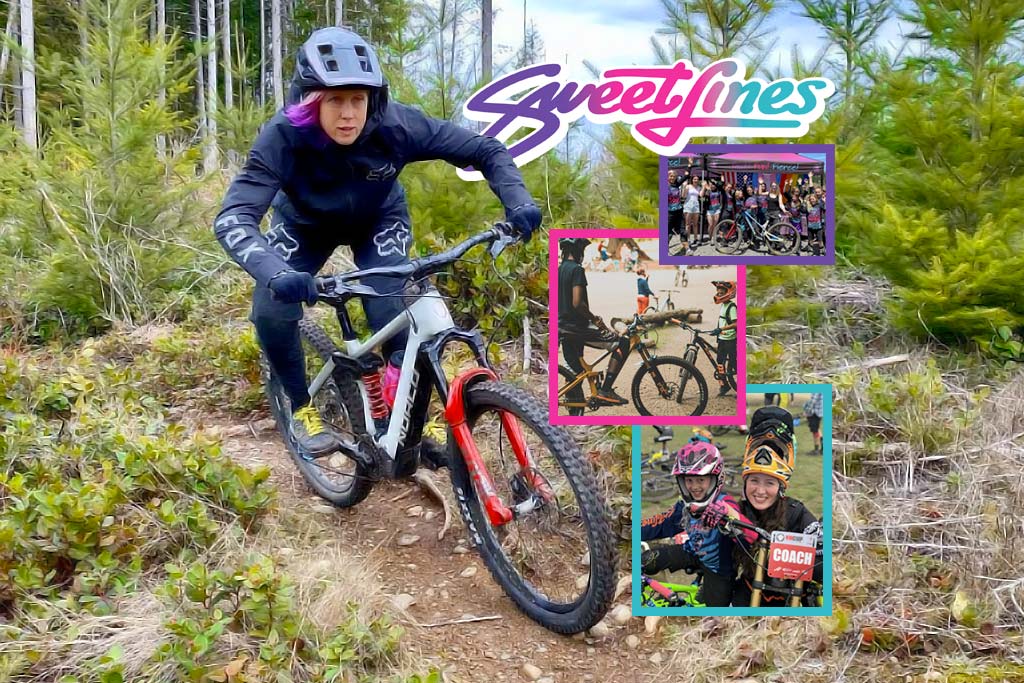
Kat’s a true ambassador for mountain biking because her dedication to having young people experience the sport and progress their skills ranks her among the planet’s MTB Royalty. Over the years, her Sweetlines clinics and coaching have enabled girls, boys, women and men to build confidence, create community, and promote stewardship through the sport. Kat operates most of her offerings at the Duthie Hill Bike Park in Issaquah, Washington.
Kat’s 2021 clinic sign-ups start on February 1st. Visit the Sweetlines website for more information.

In the summer of 2018, our family was at the Duthie Bike Park for the first time and there were obviously kids’ mtb camps going on. I recognized the Sweetlines tent and jerseys from social media and hoped the Sweetlines Owner, CEO and head Coach Kat Sweet was on-site. With her trademark pink and blue dyed hair, she was easy to spot at the middle compound of the bike park. When I got the chance to interrupt her day and say hello, Kat had already noticed one of our kids around the park and she invited him to ride in her coaches’ jump jam at the end of the day.
Now, with the pandemic and racial tensions testing America’s culture and politics – Kat has faced both of these challenges head on. For her clinics to take place during the pandemic, several measures had to be taken to comply with local regulations for crowd sizes and social distancing. Kat has always been about equality, but following the deaths of George Floyd, Breonna Taylor, Ahmaud Arbery, and many others, Kat chose to ramp up her efforts to make the sport more inclusive and level the playing field for children who are Black, Indigenous, People of Color between the ages of 6-14 to join the mtb community.
Since she started Sweetlines and Sweetlines Junior Racing, Kat and her fellow coaches have been able to mature their teaching skills for riders of all ages and abilities. For instance, they have created a vocabulary of terms that eliminates the technical mumbo-jumbo, but is still geared towards riders executing proper body position, cornering, braking, and other techniques.
When we most recently caught up with Kat, she told us about how she wants to make sure her clinics allow all to participate, what lies on the horizon in order for her clinics to continue during the pandemic, how her teaching has evolved, and more.
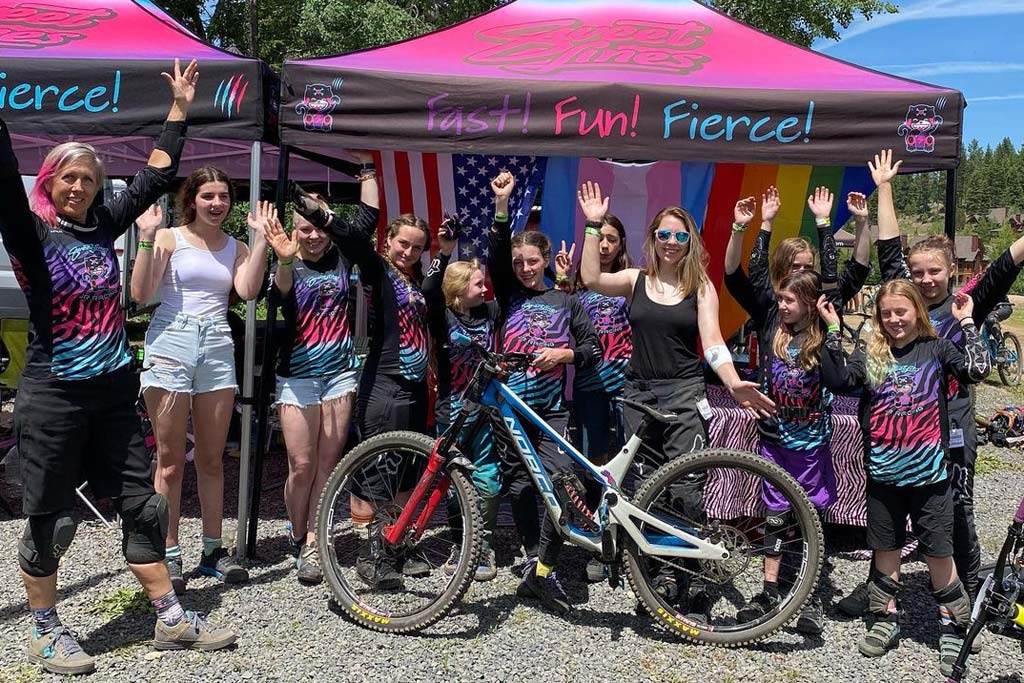
Kat Sweet Interview
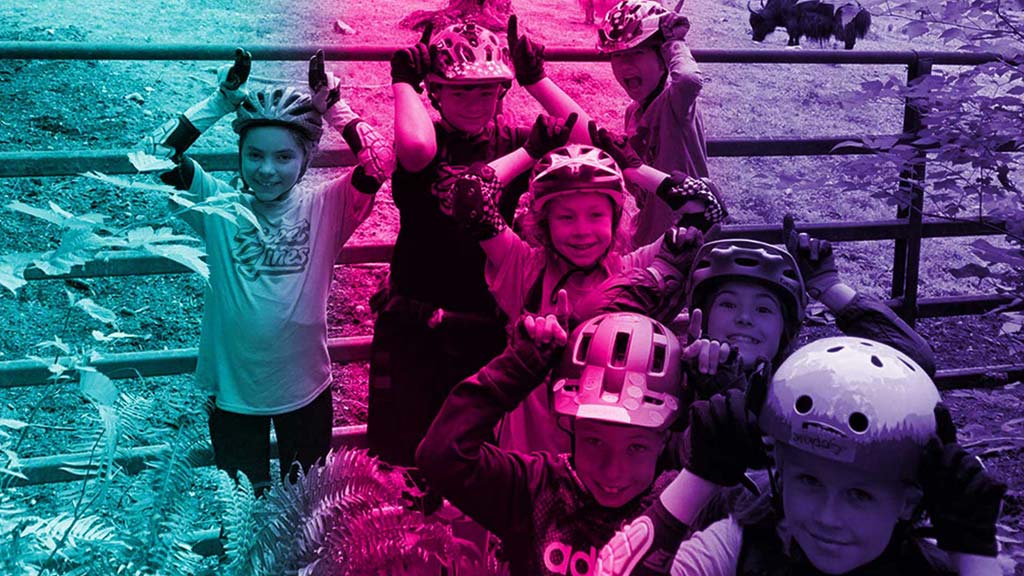
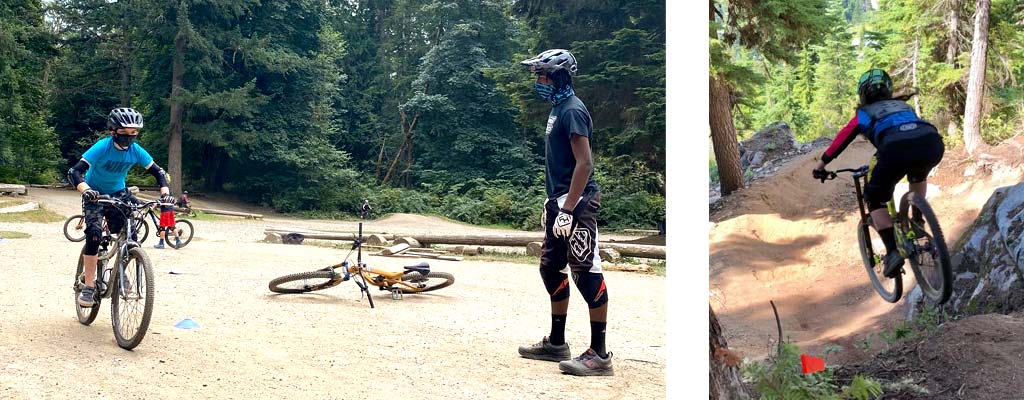
MTB Helmets For Kids
Make sure your kids have proper, well-fitting head protection.
Knee Pads For Kids
Knee pads are another level of protection for young riders.
Hydration Packs For Kids
Is your kid big enough to carry their own water and supplies?
